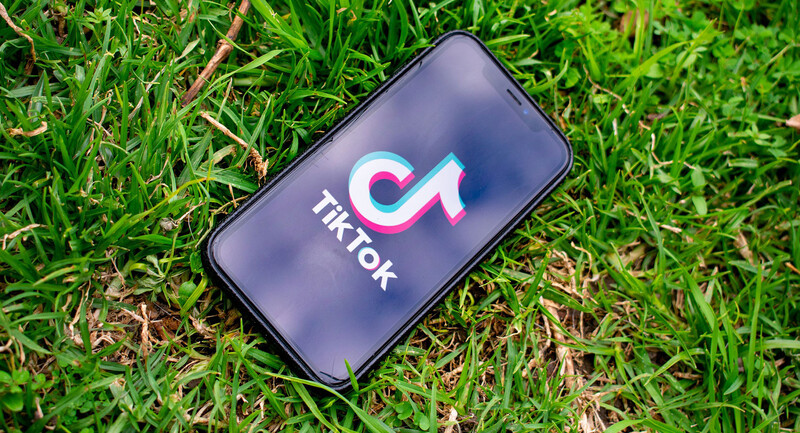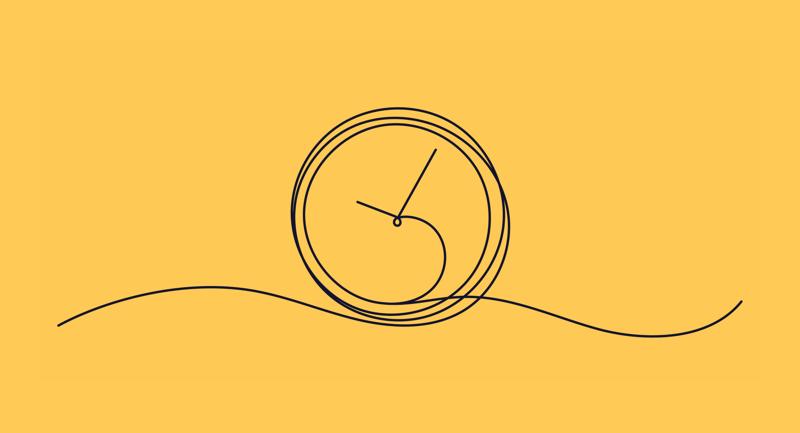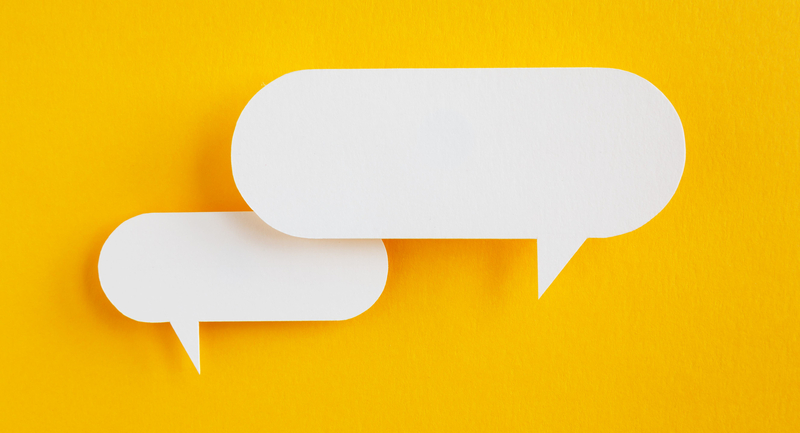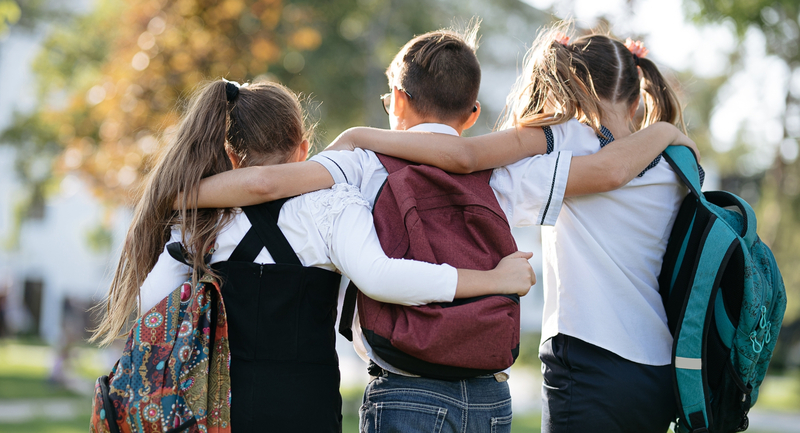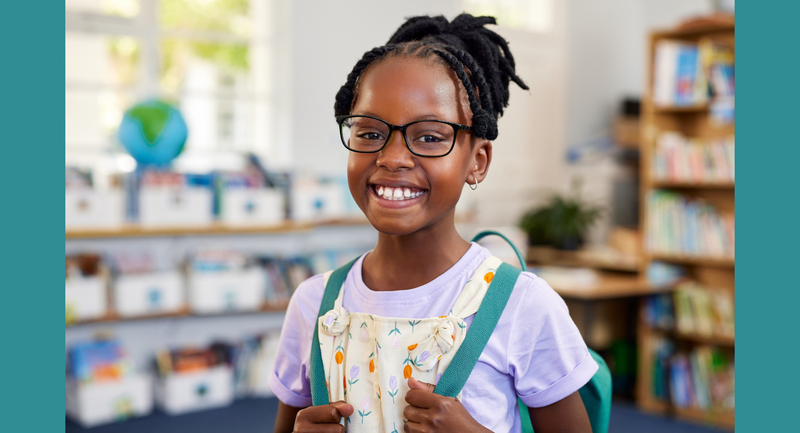As educators prepared to reopen school doors last month, some for the first time in more than a year, they braced themselves for a long list of new challenges. Few, though, could have expected one of those challenges to come from the video streaming app, TikTok. Last month, the wildly popular social media platform rushed to respond to a viral challenge in which students filmed themselves stealing or vandalizing school equipment and facilities under the hashtag “#deviouslick.” (Lick, for those not in the know, describes a successful theft; devious is more or less straightforward.)
The damage to some schools has been significant and has served as a major lesson to leaders about the influence of social media on students—especially at this vulnerable time for teachers and learners alike. A trending online list suggesting that the “devious licks” challenge was only the first of a year-long series of violent and destructive actions (the October challenge, for instance, dares students to “smack a staff member”) has already provoked press releases from several school districts and teachers' unions, though evidence of its veracity is quite limited. TikTok, for its part, has removed all content with the hashtag and denounced the trend on Twitter. Even so, September’s bout of trashed bathrooms and missing soap dispensers has raised big questions for school staff about how to respond to real-life disruptions inspired by online trends.
“We've got to keep in mind that we're teaching digital natives. But we've got to make sure they have the tools to still be moral and empathetic . . . and find other ways that are more acceptable to engage with peers,” says Michele Borba, an educational psychologist and author of Thrivers: The Surprising Reason Why Some Kids Struggle and Others Shine (Penguin, 2021).
In many ways, school communities are especially vulnerable to viral misbehavior this fall. Most students are still acclimating to being in class together after more than a year of almost exclusive online interaction—both social and academic. Empathy is best developed face-to-face, says Borba, making this moment something of a “perfect storm” for interpersonal conflict.
“[Students] already were lonely, they weren't there together, social media has become more and more of the way that they are gathering information together,” she says. “I think the first thing that an educator needs to understand is what's going on behind the scenes here that's creating this dynamic.”
TikTok, like most leading social platforms, is algorithmically designed to attract users’ attention and hold it for as long as possible. Research shows that the brain releases dopamine when a person sees they’ve received likes or follows, and that can be addictive.
“It's this pressure to gain visibility, to gain the likes and the shares . . . . So for some kids, this is the high that they're needing,” says Borba. “So, they're not looking at the long haul, of what the damage and the long-term effects would be . . . . It's the need to fit in.”
For school staff who are mystified by how TikTok or other social platforms work, now might be the time for some research, says Borba. Even simply asking students how they navigate the platform and what they like from it can be eye-opening. Schools alone can’t reverse the negative effects of social media overexposure. But that doesn’t mean educators have no way to respond to this trending challenge or its potential iterations in the future.
Building Dialogue with Students
To start, teachers should have open conversations with their students, says ASCD author and education consultant, Lauren Porosoff. It’s best to avoid prescriptive proclamations and instead, facilitate dialogue with questions about what students value, and how apps like TikTok support or detract from those values.
Start by asking what qualities students want to bring to their actions, she says. If they say, for example, “I want to be creative, I want to be fair, I want to be curious,” ask them “How does TikTok, help you be more creative? And how does it get in the way of you being creative?’” she says.
Next, educators can help students note behaviors that are in line with the realizations that come from these conversations. Writing off social media as intrinsically problematic won’t get teachers very far, says Porosoff, because it doesn’t respect a student's ability to determine for themselves what a worthwhile use of their time and energy looks like.
“What they see is that their teacher respects the fact that their phone, TikTok, or Snapchat actually aren't inherently good or bad, it's more that they can relate to it in a way that either moves them towards or away from their values,” Porosoff says.
Investing in bystander training that helps students identify potential disruptive behavior before it happens is also key, Borba notes. Given that trending challenges like “devious licks” spread because of social influence online, it’s critical to involve students in the in-person response—especially those who aren’t already in student councils or formal leadership positions. One way to bolster that involvement, she says, is to ask students what a positive and supportive community looks like and then empower them to model that community every day. Sharing lists of prohibited activities is likely to get less buy-in from kids.
Holding Students Accountable as Community Members
If “devious licks,” or whatever its predecessors may be (perhaps they'll spring up on apps that don’t even exist yet), come to your school, responding in ways that are compassionate and empathetic will be key. Educators don’t need to understand the intricacies of TikTok to realize that while breaking school facilities is a serious transgression, students are dealing with a complex web of emotions and social incentives from peers—some who are in the same classroom, and others who are on the same online platforms.
That said, empathy doesn’t mean letting kids off the hook, Porosoff writes in an article for this month’s edition of Educational Leadership. Students who participate in destructive challenges need to understand the consequences of their decisions. “They need to feel like their actions matter whether those actions are positive or negative,” she says.
Porosoff recommends implementing restorative justice and asking perpetrators tough questions, like, “How are you going to heal the harm that you caused and rebuild relationships and the school?”
This challenge can also be a lesson to school staff about who ultimately feels a sense of belonging in class. After all, achieving TikTok fame may always be appealing, but when students feel they have an active part to play in supporting the learning environment, disruptive behavior is far less likely to reach the classroom.
“When we feel a sense of community, we don’t destroy it,” says Porosoff.
Compassionate Discipline
How can you approach student discipline and classroom management with empathy? The October issue of Educational Leadership explores how educators can reshape their disciplinary approach to focus on both relationship building and accountability.



